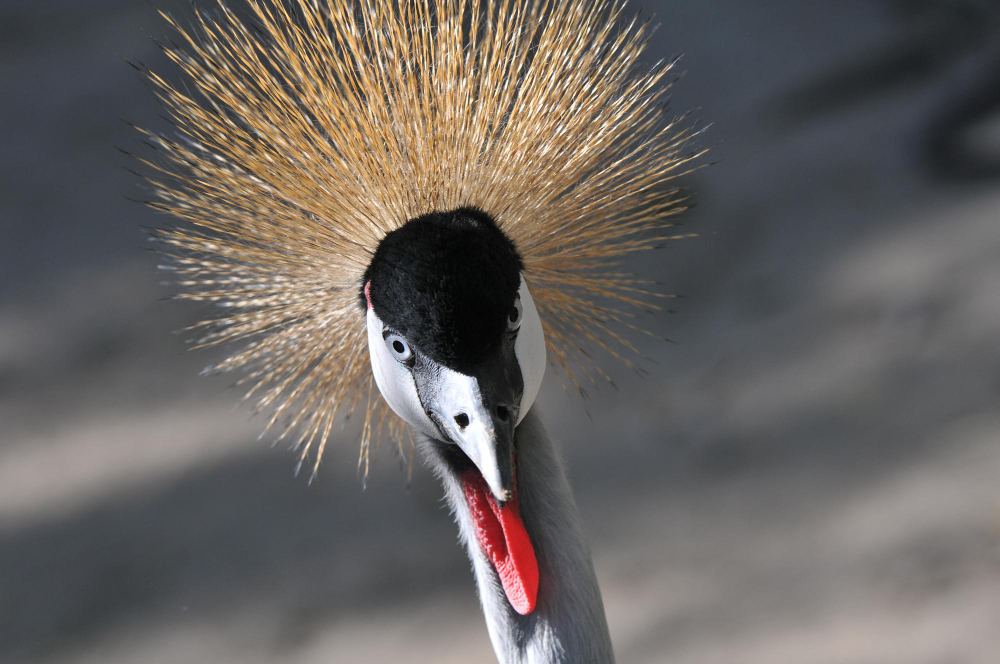Peat bogs and defence
Peatland restoration isn't just a matter of nature and climate—it's also a clever defense strategy. When peat soils become saturated with water, they transform into virtually impenetrable mud masses. This makes them ideal "barriers" for unwanted military vehicles.
What stopped Russia from conquering Kyiv in 2022? Ukraine, which has been facing Russian land-grabbing since 2014, was prepared. Advanced weapons systems played a key role, but an unexpected ally proved equally decisive: the swampy, impassable peatlands and marshes north of Kyiv; tanks sinking into the mud.
Because the landscape limited the Russians to a number of narrow main roads, Russian troops advanced in long columns – an ideal target for Ukrainian defenses.
But what if these kinds of natural barriers are missing? In the Baltic States, a potential next target of Russian aggression, many peat bogs have been drained in recent decades. Once drained for agriculture or peat extraction, they now pose no obstacle whatsoever.
This also represents a Dutch responsibility. The Netherlands is the largest importer of peat for potting soil in Europe, and many Baltic peat bogs are Dutch-owned. This means we not only have a stake in, but also influence how these landscapes are managed – or restored.
The restoration of living peat takes time, often years, but a muddy defense line – a so-called wet defence – can be constructed much faster. By closing drainage ditches and turning off pumps, the peat will naturally fill with rainwater and turn into a nearly impenetrable mud pit. Targeted flooding, as used around Kyiv, can accelerate this process even further. This strategy, also known as warWilding offers a real opportunity to strengthen Europe's eastern borders in a natural way.
Water for defence is not new
The idea of using water as a defense is not new. As early as the 17th century, the Netherlands employed the Dutch Waterline: a system of controlled flooding that transformed entire regions into an impenetrable water barrier. Enemy armies were stranded in a vast swamp where only small boats could navigate. Ships could not get anywhere. The same principle can now be applied to Europe's eastern border regions: a modern-day European Waterline.
Read also our opinion piece in Trouw or the interview with Prof. Dr. Hans Joosten in NRC about this topic. Or listen to the Vroege Vogels interview with us and Mart de Kruif (listen to the recording recording from 2:42).


